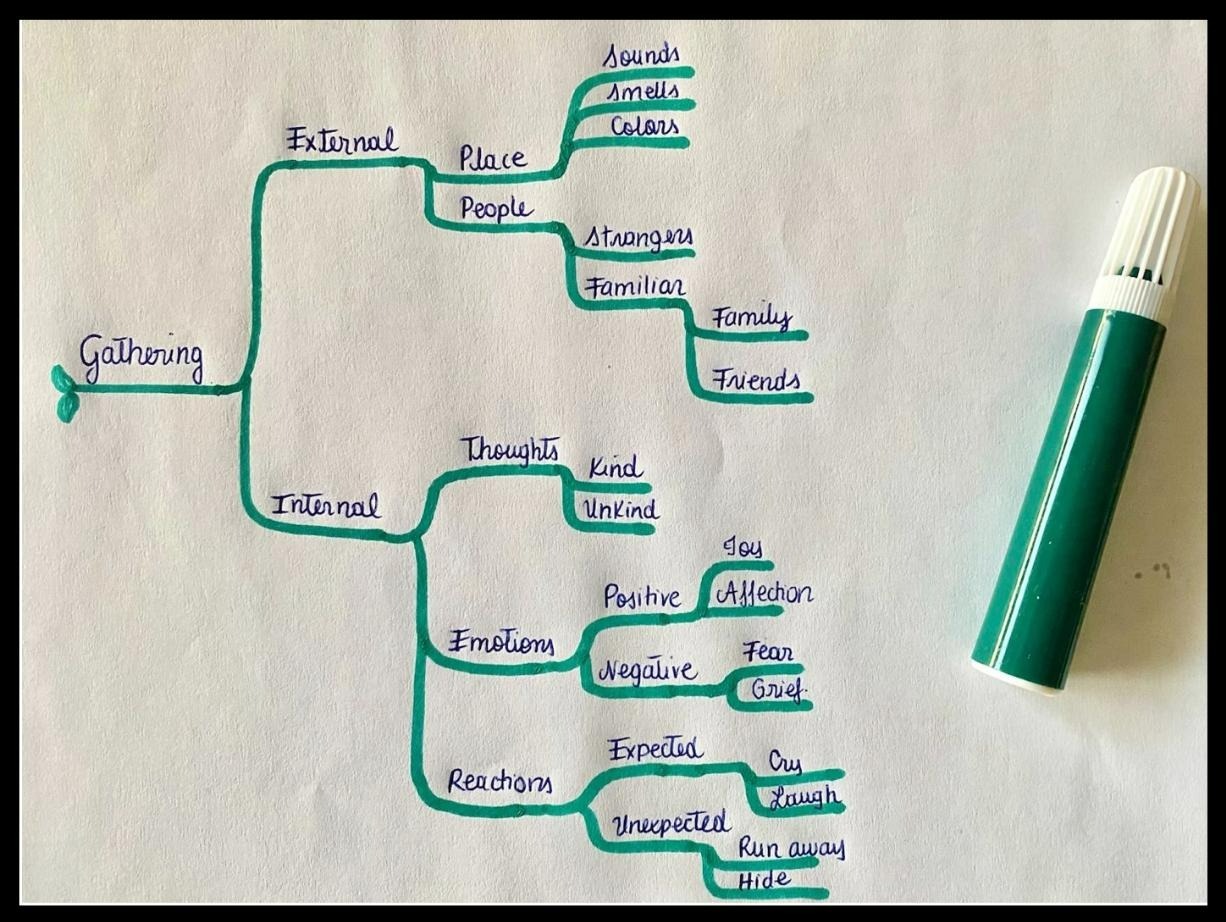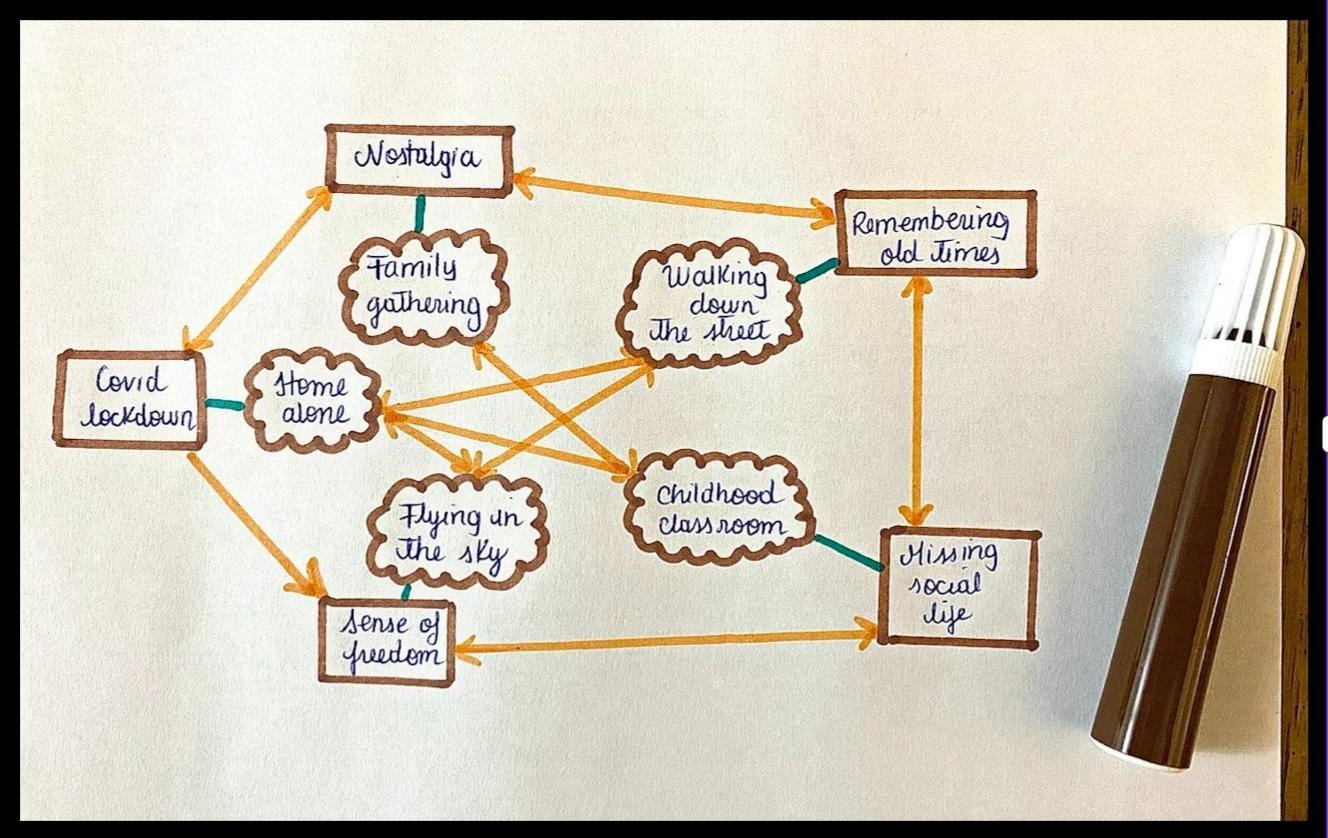Dreaming is a fascinating phenomenon. Some dreams are so elusive that they slip from our minds as soon as we wake up, or they may be random and transition-less, making it hard for us to make sense of them.
Other dreams are so vivid that is difficult to discern whether we are awake or not. It is these kinds of dreams, the lucid ones, that can provide us with a rather valuable opportunity for personal discovery. If we take the time to analyze them, we may come to understand some of our personality and character traits that would otherwise go unnoticed. Let’s explore some techniques to make sense of our dreams.
1. Meditation
Meditation is the simplest and most direct technique for dream interpretation. It consists of consciously examining our dreams by assuming the role of observer. To do this, sit down in silence, relax, close your eyes and try your best to recall the dream in as much detail as possible. What scenes appeared in your dream? Was the location familiar? Can you identify the people you interacted with?
After you remember the setting, shift the focus to yourself. Remember what your role was in the dream. What events were you facing? What thoughts and emotions did these circumstances evoke? How did you react? Would you act like this in real life?

If your behavior in the dream is different from how you would react in real life, pause to consider whether the foundations of your character are solid. Would you loosen the standards for yourself when your willpower is not strong enough? What kind of inner work should you do to make your behavior unflappable under any circumstance? If you are earnest about self-improvement, cultivation can bear the sweetest fruit.
Success
You are now signed up for our newsletter
Success
Check your email to complete sign up
If your reaction in the dream was the same as you would have in real life, it’s worth considering why that scenario manifested itself to you. Although dreams can sometimes seem meaningless, those who make the effort to see beyond their apparent randomness rarely regret it.
2. Mind mapping
A more pragmatic approach to dream interpretation would be putting them down on paper in the form of a diagram. To get a clear perspective of the elements of your dream and see their connection, consider making a mind map.
Basic mind map
Write the event or scene at the center of the diagram. Then, allow the different aspects of the dream to branch out in all directions, including external elements — such as the characters in your dream and the place — as well as internal elements, such as your thoughts and reactions.
If an aspect of the dream includes even more elements — such as smells, sounds or colors — you can draw them as successive branches.

Tree diagram
For a more organized and systematic way to examine dreams, try a tree diagram. This type of mind map helps us classify information right from the start and get a clear idea of the elements that make up our dream. It also facilitates our retrieval of details.

Flow map
Dreams can also be represented in the form of sequences. Through the use of flow charts we can identify cause and effect relationships and discern what specific events or circumstances prompted us to react the way we did in the dream.

System map
For complex dreams involving more than one event or scenario, system maps come in handy. Instead of having a single central event, we can have several events linked together.
By pointing out the main elements of each event and their possible interpretations, we can find the underlying connections between them and their possible association to a larger theme.

3. Put it into words
If you are more of a verbal person, you may prefer to capture your dreams in a dream diary. This is an easy method that can help you identify thoughts and notions that lie in your subconscious.
Write the events you saw in your dream and let your mind retell the story. Take down all the details and be sure to be honest about the thoughts you have, even if you don’t like them. After all, your thoughts are not you, but identifying them is necessary if you want to modify them.
Once you have gathered all this valuable information, reflect: Can you find meaning in the dream? Would a conscious you behave the same as the person in your dream? Was your behavior rooted in some notions? How does this notion manifest in real life?

Writing down your dreams — and the thoughts that accompany them — can give you a clear picture of the state of your mind at the conscious and subconscious level. Seize the opportunity to analyze how these thoughts and notions have shaped who you are and whether they are rational and useful. If your reflections inspire you to change, the dream may have served its purpose.
4. Visual dream interpretation
If putting your thoughts into words proves challenging, try recording them visually. You don’t need to be a gifted artist to express your ideas through art. Take a moment to recall the scenes that appeared, and recreate them through drawing, painting, or even sculpture.
Some dreams can be fully represented in a single sketch, while others are best depicted sequentially. Rendering the elements you recall into a composition may help you reflect on them, providing you with a visual guide to better understand their connection and the way they represent your inner state of mind.
5. Talk with someone
Have you ever caught yourself stopping in mid-sentence because you finally understood something while listening to yourself talk about it? Or changed your perspective on a topic while telling someone about it, without that person even saying a word?
By engaging our speaking and listening skills, talking helping us process the information encoded in our thoughts more thoroughly. Through oral expression, the dream is transformed from subconscious thoughts into a shared message, open to interpretation.

While others may offer you a unique perspective, the interpretation of your dreams remains a personal endeavor. You are the only one who can analyze them in light of the experiences you have lived, the beliefs that guide your actions and the aspirations you harbor in your heart.
When we get into the habit of evaluating our dreams with genuine intention and curiosity, we’ll discover that they can provide us with invaluable information about the state of our inner world. A sensible mind will also discover that the method of constantly assessing oneself can transcend the realm of dreams and become a magical tool on the path to continuous self-improvement.













